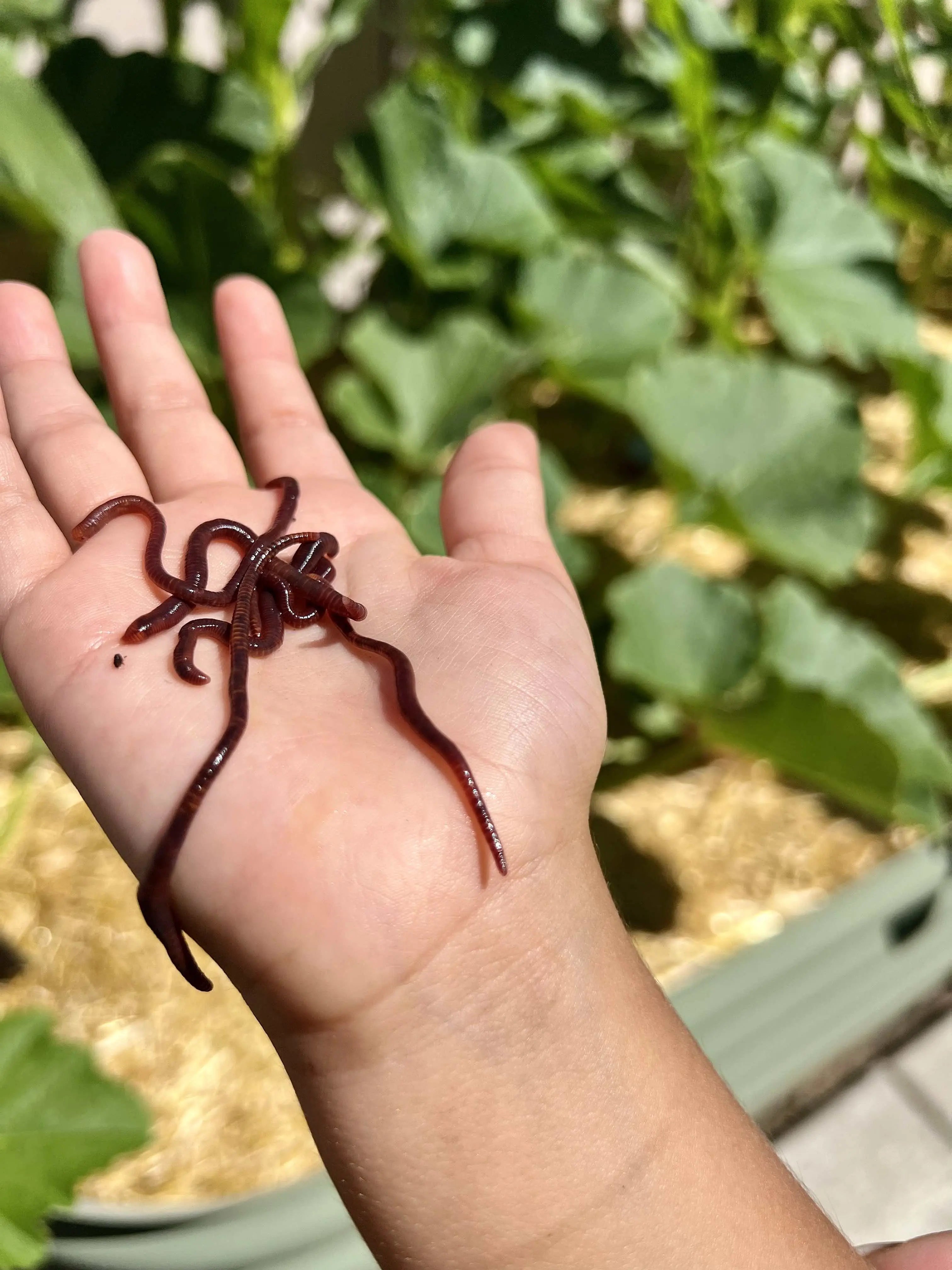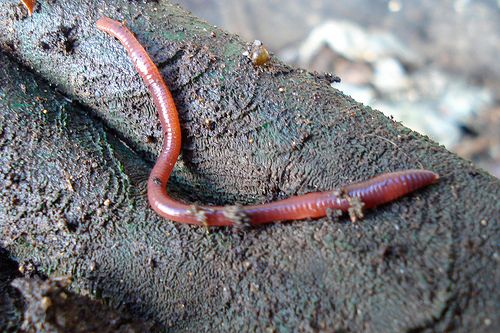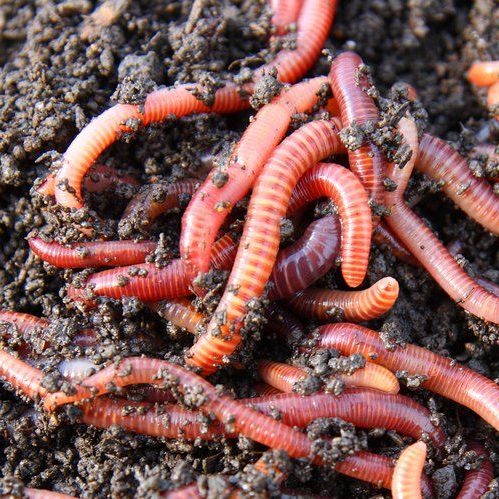Discover How Lake Hickory Bait Can Enhance Your Lawn’s Growth and Vitality
Discover How Lake Hickory Bait Can Enhance Your Lawn’s Growth and Vitality
Blog Article
Unlock the Secrets of Red Wigglers: Your Overview to Composting Success
The assimilation of red wigglers right into composting methods presents a substantial chance for improving soil wellness and promoting sustainability. Understanding their demands and habits is essential for optimizing their possibility, from setting up an appropriate worm container to feeding them the right materials.

What Are Red Wigglers?
(Lake Rhodhiss Bait)Red wigglers, scientifically referred to as Eisenia fetida, are a types of earthworm primarily made use of in composting because of their remarkable capacity to break down natural matter successfully. These worms are defined by their reddish-brown pigmentation and a segmented body, typically determining between 3 to 4 inches in size. Unlike various other earthworm types, red wigglers thrive in rich, natural environments, making them excellent for vermicomposting systems.
Belonging To The United States And copyright, they are typically located in rotting leaves and compost heap, where they play an essential duty in nutrient recycling. Their adaptation to residing in a wet, aerobic atmosphere allows them to consume big amounts of natural waste, breaking it down right into nutrient-rich spreadings that enhance soil health.
Red wigglers reproduce swiftly, with a single worm capable of producing a number of cocoons each week, each including several hatchlings. Recognizing the biology and actions of red wigglers is crucial for maximizing their potential in composting applications.
Advantages of Utilizing Red Wigglers
Utilizing the power of red wigglers in composting supplies numerous benefits that boost soil health and wellness and advertise sustainable waste monitoring. These impressive microorganisms successfully damage down raw material, transforming kitchen scraps and yard waste right into nutrient-rich vermicompost. This ended up item is extremely advantageous for plant development, as it boosts dirt structure, raises wetness retention, and enhances nutrient availability.

(Red Wiggler Express)In addition, the visibility of red wigglers in your composting system can speed up the composting process, generating top notch compost in a portion of the moment compared to typical techniques. The castings generated by these worms are likewise including valuable bacteria that even more improve the soil ecosystem.
Establishing Up Your Worm Bin
Developing an effective worm container is a simple process that can considerably improve your composting efforts. The initial step is selecting a suitable container. Worm containers can be made from plastic storage space containers, wooden boxes, or readily offered worm containers. Ensure the bin has appropriate water drainage and air flow openings to preserve optimal wetness degrees and air movement.
Next, prepare the bed linen product, which serves as the worms' environment. A mix of shredded paper, cardboard, and coconut coir works well, offering a comfy environment for the worms. Go for a bed linen deepness of about 4-6 inches. Moisten the bed linen gently, guaranteeing it appears like a damp sponge without excess water pooling at the base.

Feeding Your Red Wigglers
To guarantee the health and performance of your red wigglers, it is vital to supply them with a balanced diet that fulfills their nutritional demands. Red wigglers prosper on learn the facts here now a diverse selection of organic materials, which not just supply essential nutrients however also advertise efficient composting.
Beginning by integrating cooking area scraps such as veggie peels, fruit cores, and coffee grounds. Prevent citrus fruits, onions, and garlic, as these can be detrimental to worm wellness. Furthermore, present shredded paper, cardboard, and dry fallen leaves to create a well-aerated setting.
Feeding frequency must be monitored; usually, worms can consume half their body weight in food weekly. It is vital to stay clear of overfeeding, as excess food can bring about undesirable smells and bring in insects. A good practice is to include food in little amounts, enabling worms to refine it before presenting more.
Preserving dampness levels is likewise essential; the bedding must be damp but not soaked. Last but not least, make certain to consistently check the temperature and pH degrees of the container to guarantee an ideal setting for your red wigglers, ultimately enhancing their composting effectiveness.
Harvesting and Making Use Of Compost
A successful composting process with red wigglers culminates in the abundant, dark garden compost understood as vermicompost, which can substantially improve soil health and plant growth. Collecting this nutrient-dense product normally happens every three to six months, relying on the dimension of your system and the amount of organic issue being refined.
To gather, carefully separate the garden compost from the worms and any kind of undecomposed materials. One effective approach includes moving the contents of the container to one side and adding fresh bed linens and food to the empty space, urging the worms to migrate. After a few days, the garden compost can be gathered from the contrary side.
It is important to use vermicompost correctly to optimize its benefits. It can be used as a leading dressing for yard beds, blended right into potting soil, or made right into a nutrient-rich liquid plant food called "worm tea." This application approach assists to deliver crucial nutrients straight to plant roots, advertising healthier development. By integrating vermicompost into your horticulture regimen, you not only reuse organic waste yet likewise develop a flourishing ecosystem that supports lasting gardening techniques.
Verdict
In recap, red wigglers serve as phenomenal allies in composting efforts, changing organic waste into nutrient-rich vermicompost. By recognizing the optimum problems for their habitat, feeding needs, and garden compost harvesting techniques, gardeners can enhance soil health and promote plant vigor.
Report this page